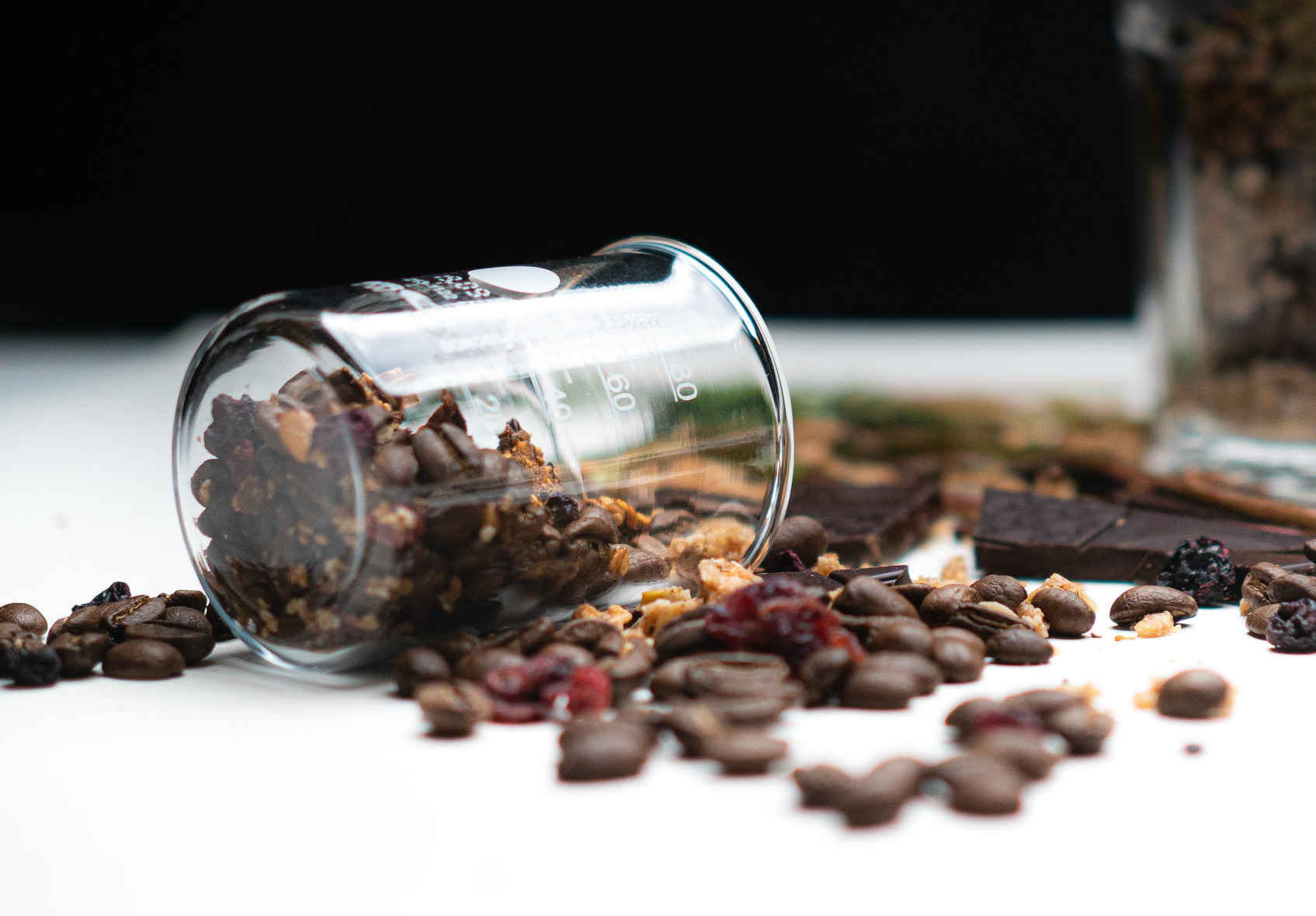Within 72 entrepreneur interviews, 37 DesignBites case companies reported 606 interactions with stakeholders outside of their company when describing their development efforts – we’ve analyzed what these reflect on during-crisis collaboration.
COMMON CHALLENGES AND KEY LEARNINGS FROM EXPERIMENTING AMIDST A PANDEMIC
Experimentation stands for trying out new ideas in rapid and easy ways – sometimes the experiments are successful, sometimes not. However, in times of crisis and uncertainty they might be the only way to navigate the foreign and changing territory. Hence, challenges are not a foreign force to encounter when experimenting, as testing out novel ideas often leads to unexpected obstacles. Yet, both the experiments as well as the challenges met while experimenting offer valuable opportunities for learning and growth. This has been the case with the experimentation done by the Finnish food industry players amidst the pandemic.

NAVIGATING PAST RESTRICTIONS, SCARCITY AND INFLEXIBILITY
Covid-19 related restrictions were both the spark for many an experiment, as well as an obstacle for many ideas. The most obvious limits to experimentation came from restrictions in in-person contact with customers and other stakeholders: figuring out alternatives for product demos or customer panels were the cause of more than few sleepless nights for both packaged food and beverage ventures and other food industry stakeholders. Piloting new virtual offerings proved to be no walk in the park and partnering with new collaborators was not as smooth online as in-person.
However, for entrepreneurs, scarce resources were the most common challenge to overcome, both limiting the overall number of experiments that could be done as well as limiting what could be done within-experiments. Many experiments sought to address challenges in maintaining existing customers and in attracting new ones. Here, legislation, especially concerning alcohol, deterred some experiments. The breweries and distilleries were not able to follow in the footsteps of almost all other food industry sectors in setting up their webstores, but were forced to come up with other ideas for new sales channels.
Unlike for entrepreneurs, most other food industry stakeholders saw the main challenge in inadequate agility and adaptability of their business models and operation. This both prevented experimentation in the first place, and required careful judgment of the impact that any new experiments might have to the core business revenue-wise and scope-wise. Some felt that reduced profitability and resources in the face of the pandemic were a reason to refrain from new experiments. In general, profitability of experimentation and the need to carefully choose the things and areas to experiment with was emphasized.
CLARIFIED UNDERSTANDING AND CLOSER RELATIONSHIPS
Entrepreneurs and other food and beverage industry stakeholders reported very similar key learnings from their experiments. The experiments created new opportunities, and the importance of having adaptable and agile operations to pivot and experiment in times of uncertainty and crisis was highlighted through the experiments. Flexibility had to go both ways, from initiating to also discontinuing experiments as necessary.
Some experiments could clarify the core of the company – as in the case with Way Bakery or Palms & Berries – while others inspired companies to build a sort of portfolio of experiments that could be leveraged again in future crises or during the next wave of the pandemic.
For the packaged food and beverage ventures in particular, the experiments increased customer understanding, as close attention was paid to customers reactions to the experiments. As the experiments often entailed increased interaction with customers either virtually or in-person at the new physical sales locations, they often also ended up enhancing customer relationships.
Both entrepreneurs and other food industry stakeholders highlighted the importance and contribution of the food community at large. With the entire industry hit hard, many saw that they were in the same boat and it made more sense to row together rather than going solo. Furthermore, many had already future collaborations planned and visible in the horizon to keep up the good course of the boat.
FROM CRISIS TO CREATIVITY AND CLARITY
Although the pandemic hit the Finnish food industry hard, it also led to unforeseen creativity and increased clarity amidst the industry players. In addition to placing their constraints on experimentation during the crisis, the restrictions, the lockdown and the uncertainty inspired learning and growth. The successful and failed experiments and the challenges met along the way taught the industry players about the importance of flexibility, clarified the understanding of their business core and demonstrated the power of community. All the above lessons being of value when facing potential future crisis and applicable to actors and industries beyond food.
 Aalto DF
Aalto DF